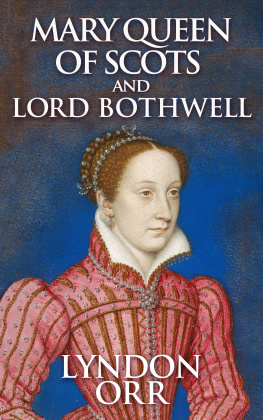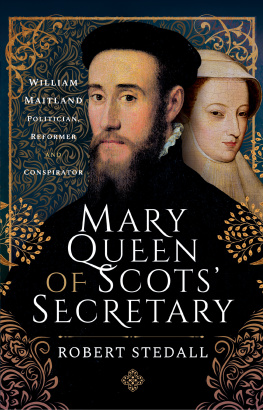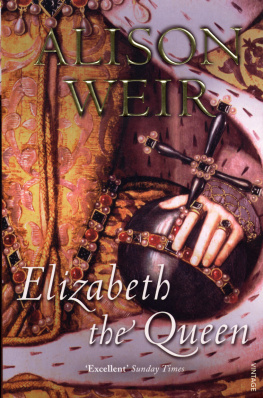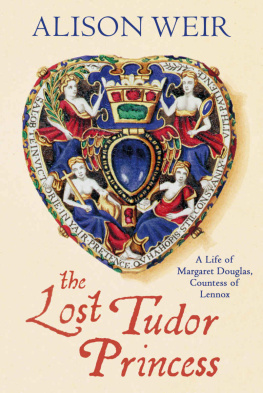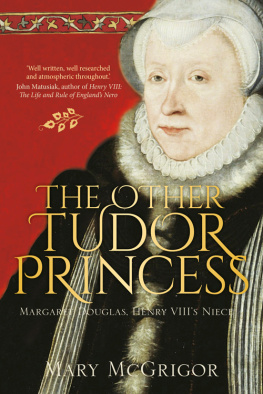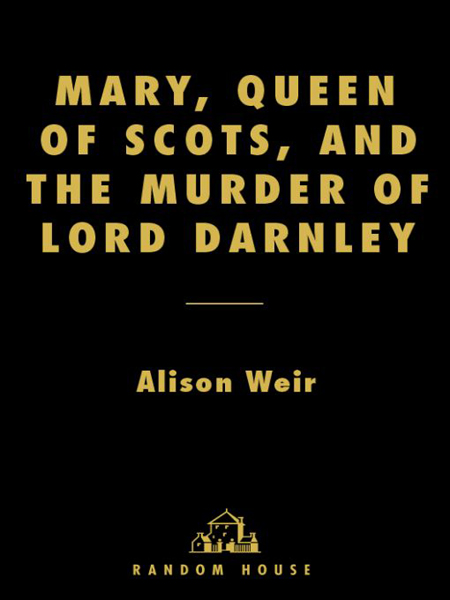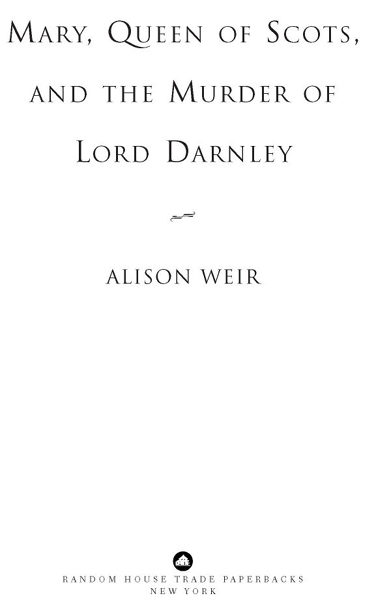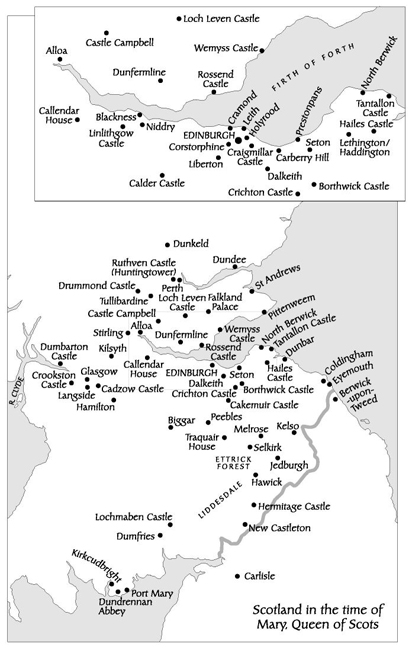Darnley Henry Stuart - Mary, Queen of Scots, and the Murder of Lord Darnley
Here you can read online Darnley Henry Stuart - Mary, Queen of Scots, and the Murder of Lord Darnley full text of the book (entire story) in english for free. Download pdf and epub, get meaning, cover and reviews about this ebook. City: New York;Scotland, year: 2011;2003, publisher: Random House Publishing Group;Random Hourse Trade Paperbacks, genre: Non-fiction. Description of the work, (preface) as well as reviews are available. Best literature library LitArk.com created for fans of good reading and offers a wide selection of genres:
Romance novel
Science fiction
Adventure
Detective
Science
History
Home and family
Prose
Art
Politics
Computer
Non-fiction
Religion
Business
Children
Humor
Choose a favorite category and find really read worthwhile books. Enjoy immersion in the world of imagination, feel the emotions of the characters or learn something new for yourself, make an fascinating discovery.

- Book:Mary, Queen of Scots, and the Murder of Lord Darnley
- Author:
- Publisher:Random House Publishing Group;Random Hourse Trade Paperbacks
- Genre:
- Year:2011;2003
- City:New York;Scotland
- Rating:4 / 5
- Favourites:Add to favourites
- Your mark:
Mary, Queen of Scots, and the Murder of Lord Darnley: summary, description and annotation
We offer to read an annotation, description, summary or preface (depends on what the author of the book "Mary, Queen of Scots, and the Murder of Lord Darnley" wrote himself). If you haven't found the necessary information about the book — write in the comments, we will try to find it.
BONUS: This edition contains an excerpt from Alison Weirs Mary Boleyn.
Handsome, accomplished, and charming, Henry Stuart, Lord Darnley, staked his claim to the English throne by marrying Mary Stuart, who herself claimed to be the Queen of England. It was not long before Mary discovered that her new husband was interested only in securing sovereign power for himself. Then, on February 10, 1567, an explosion at his lodgings left Darnley dead; the intrigue thickened after it was discovered that he had apparently been suffocated before the blast. After an exhaustive reevaluation of the source material, Alison Weir has come up with a solution to this enduring mystery. Employing her gift for vivid characterization and gripping storytelling, Weir has written one of her most engaging excursions yet into Britains bloodstained, power-obsessed past.
Darnley Henry Stuart: author's other books
Who wrote Mary, Queen of Scots, and the Murder of Lord Darnley? Find out the surname, the name of the author of the book and a list of all author's works by series.

